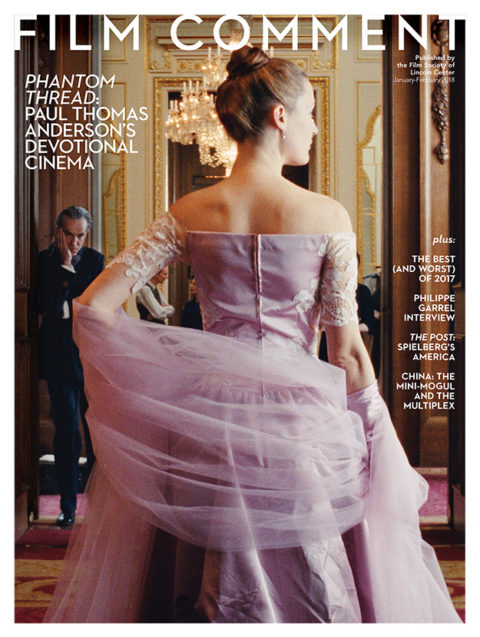
Rachel Morrison on the set of Mudbound; photo by Steve Dietl, courtesy of Netflix
Shooting Fruitvale Station, Mudbound, and Black Panther requires quite a variety of styles.
I look for cinematography that is invisible to the project, that feels like it’s in service to the story but doesn’t feel so stylized that you’re noticing the cinematography itself. It should feel like [the filmmakers] are all speaking the same language. With Fruitvale Station, we wanted it to feel very much like a documentary. We never wanted it to feel like we had a wide shot and a close-up and we were cutting between the two. If we did more than one shot in the scene, we didn’t want the camera in a place where it would have been seen from the other shot. Ryan [Coogler, the director] said, “Can we step up the handheld? Can we make it a little more noticeable?” He actually really likes feeling the presence of a cameraman—a sort of subconscious presence of somebody breathing life into the camera.
How did you approach the world of Black Panther?
Wakanda [the film’s setting] is a fictional country, but it’s an African country, in a continent that we know, and there are trees and rivers and things that we can understand. But then you get to go into spaceships, and you can light it with cyan light and it feels natural to that experience. It’s grounded enough to keep it relatable for viewers like me, who don’t know all the backstories in all the comics and things. But then you still get to shoot some spaceships with cool colors.
Did it make a difference, having a bigger toy box like that?
I definitely got to play with tools I’d never played with before and do some really cool fun things. Ryan surrounds himself with filmmakers that come from an indie world, so I also feel like we made the biggest indie movie ever made. I think I had three SkyPanels on Mudbound, and I probably had 300 on Black Panther.
Would you like to keep working in both film and digital?
I was fortunate, actually, that digital came out when it did, because the thing that got me Fruitvale Station, which was on film, was The Sound of My Voice, which we shot on 7D. In retrospect, having shot Mudbound digitally, I would have shot all of the day work on film and the night work on digital. We were in these tiny little plantation homes where I couldn’t really hide lights, so [with digital] being able to light with practical sources and supplementary candle- light was a great asset. I think we really owe it to ourselves to make sure that film always has a place. As a painter, you want to have oils and watercolors, and to lose either of them would be devastating.
Closer Look: Black Panther opens on February 16.
Robert Horton is a writer based in Seattle.








